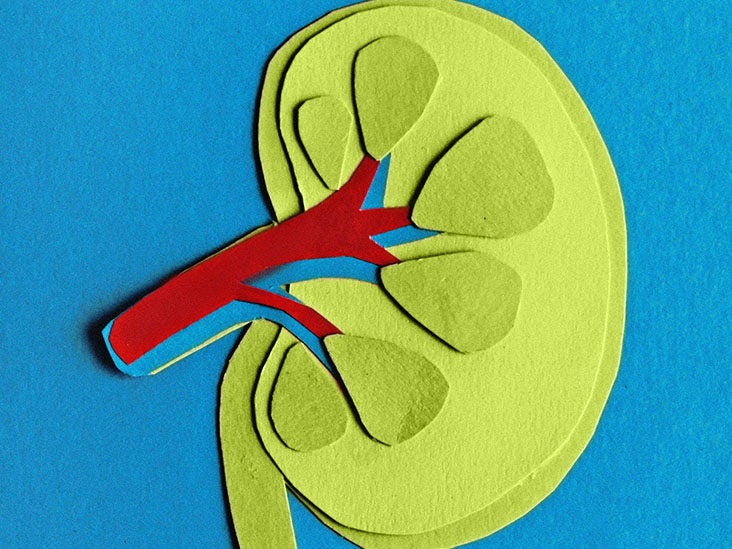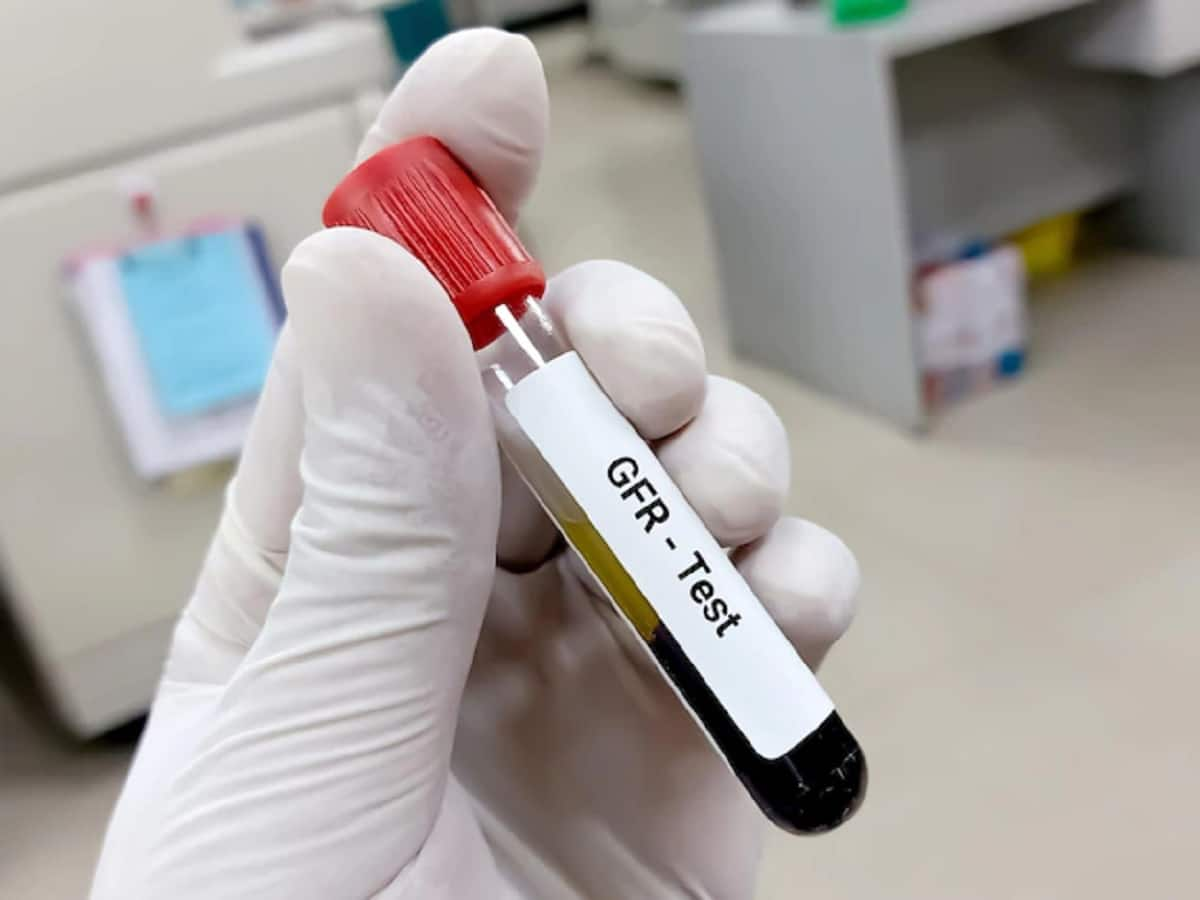Here’s A Quick Way To Solve A Tips About How To Detect Kidney Disease

One of the earliest signs of kidney disease is when protein leaks into your urine (called proteinuria).
How to detect kidney disease. Your doctor might recommend medications to lower. A sample of your blood may reveal rapidly rising levels of urea and. People with kidney disease can have worsening high blood pressure.
Tests to diagnose kidney disease include complete blood count, serum biochemistry, and urinalysis. Gfr is a measure of kidney function and can determine if you have kidney disease and what stage you’re at. For polycystic kidney disease, certain tests can detect the size and number of kidney cysts you have and evaluate the amount of healthy kidney tissue, including:
A urinalysis is used to detect and manage a wide range of disorders, such as urinary tract infections, kidney disease and diabetes. To check for protein in your urine, a doctor will order a urine test. Symptoms of kidney disease may include shortness of breath, weakness, fatigue, lack of appetite, and swelling in the legs or abdomen as waste products build up in the body.
A urinalysis is a test of your urine. Everything you need to know urine tests. To diagnose kidney failure, a variety of tests will need to be done, like blood and urine tests to measure how well your kidneys are filtering out waste and to check for protein.
To find the gfr, healthcare professionals will test your blood for a waste product. Here are some ways to detect kidney disease by simple observations with your body: Analyzing a sample of your urine (urinalysis) may reveal abnormalities that suggest kidney failure.
:max_bytes(150000):strip_icc()/kidney-disease-diagnosis-5b2d5a33ff1b780037ad002f.png)

:max_bytes(150000):strip_icc()/acute-renal-failure-diagnosis-5aec9a98c673350037a2b864.png)

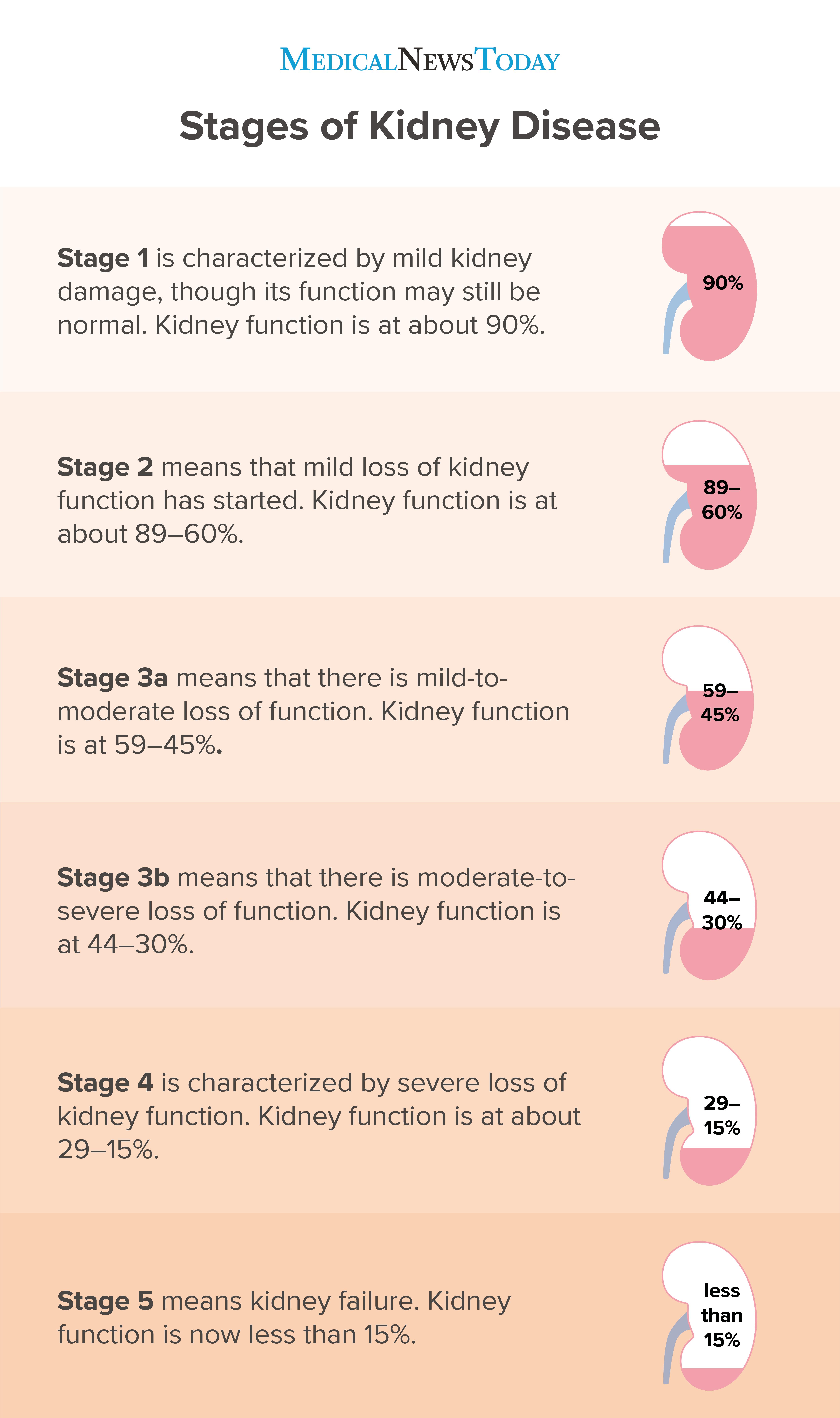

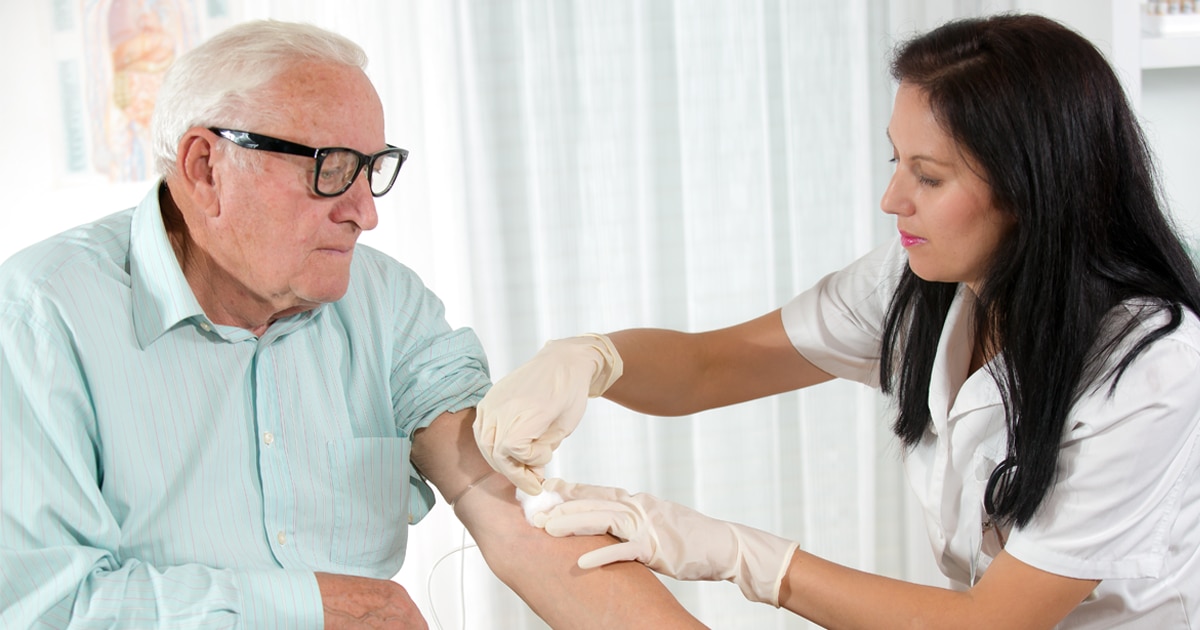

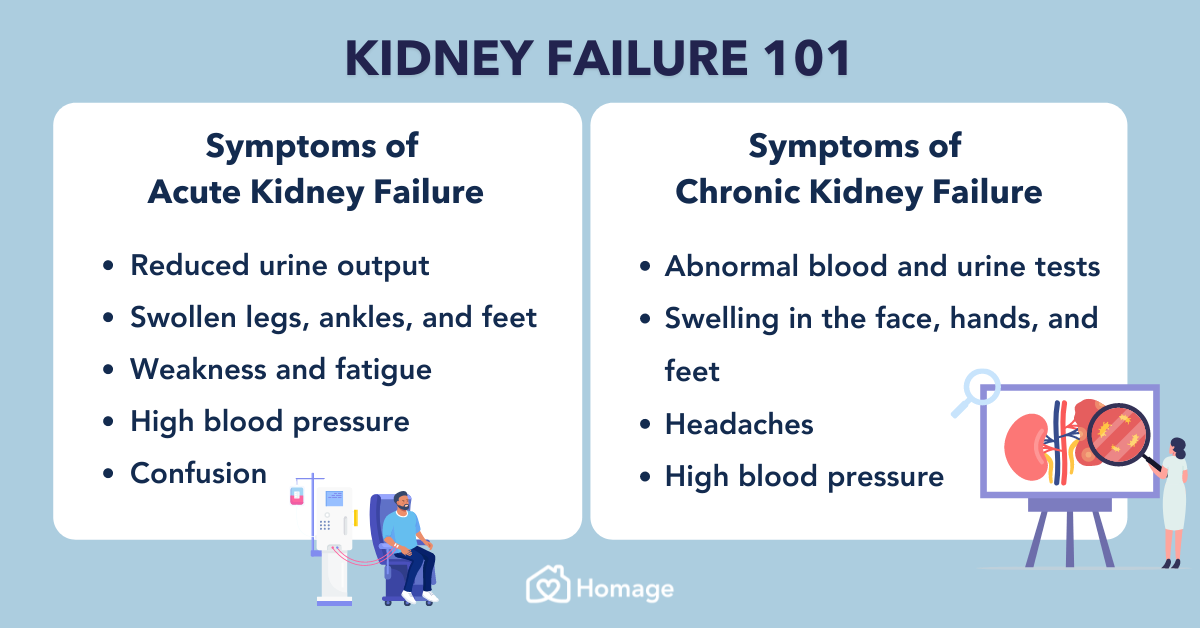
/how-kidney-failure-is-diagnosed-5213089_FINAL-a62f4ed5cdb1409cb46a425c05aeff16.jpg)



